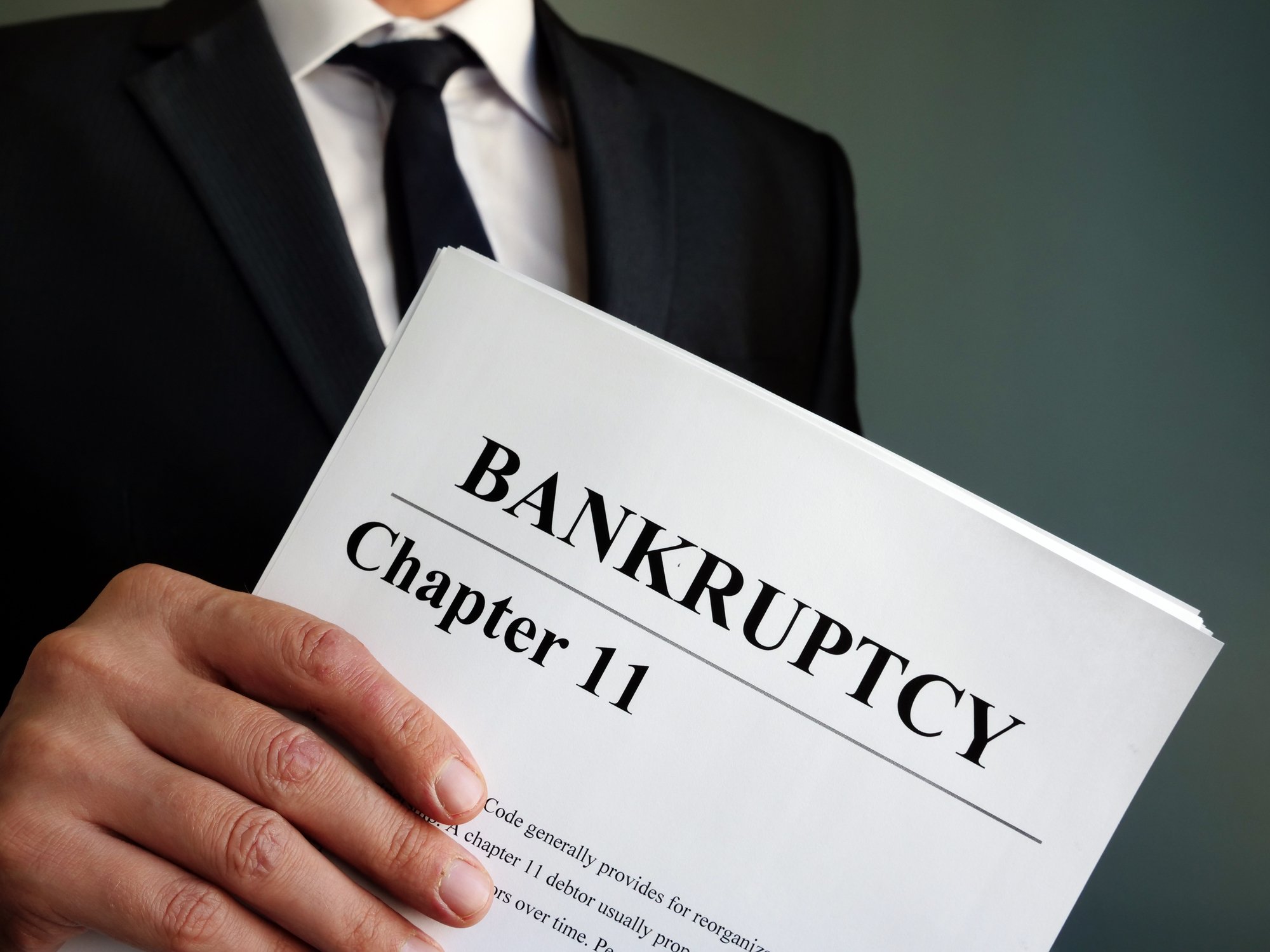Chesapeake Energy (CHK +0.00%) has been no stranger to controversy this year. In April, reports surfaced that CEO Aubrey McClendon had taken out personal loans against his interests in Chesapeake's oil and gas wells to the tune of $1.1 billion. Shortly thereafter, allegations arose that Mr. McClendon had run a hedge fund, along with SandRidge Energy (NYSE: SD) CEO Tom Ward, a former employee and co-founder of Chesapeake, invoking cries that a clear conflict of interest was at play.
On top of management-related issues, the company has languished at the hand of low natural gas prices. As the second-largest gas producer in the country, well ahead of companies like EXCO Resources (NYSE: XCO), Devon Energy (DVN 1.74%), and Ultra Petroleum (UPL +0.00%), the impact has been especially severe.
To combat the negative consequences of depressed prices and to improve its precarious debt situation, Chesapeake has been focusing on its so-called "25/25 Plan" of reducing long-term debt and growing liquids production. To assess the company's progress in achieving this goal, which has entailed asset sales of more than $10 billion this year, I created a premium research report on Chesapeake.
Hopefully, the report should help investors get a better picture of the company's future. It includes opportunities, major risks, crucial areas to watch, and a closer look at the company's management. The following is an excerpt from the report that addresses four crucial areas that investors should monitor. It's just a sample of one section, but I hope you find it useful.
The four areas you must watch
1. Progress in liquids production.
Due to the devastating financial impact of sub-$4 per mcfe natural gas, Chesapeake has devoted the majority of its resources toward the more profitable liquids production. One of the biggest signs of the company's radical departure from its traditional natural gas focus is the change in its drilling capital expenditures. The company is focusing almost exclusively on liquids-rich opportunities, which account for 85% of total drilling capex, while curtailing gas drilling, which accounts for the balance. With the goal of maximizing rates of return and per-unit profitability, the company expects liquids to comprise a quarter of total production and 55% of total realized revenue in 2013. Not including the effects of its hedging program, roughly two-thirds of Chesapeake's revenue in 2012 was derived from liquids sales -- a substantial increase over prior years. And by 2015, the company expects to be cranking out an average of 250,000 barrels of oil and natural gas liquids per day -- a more than eightfold increase from its modest 30,000 bpd in 2010.
2. Progress on asset sales and related improvements in the funding gap.
Due primarily to a combination of lower energy prices and higher capital spending, Chesapeake faces a daunting funding gap in 2013, which analysts at Barclays estimate to be at least $4 billion. This wide disparity between cash coming in and cash exiting the company remains a major challenge for Chesapeake, which it has so far addressed through numerous asset sales. Of course, though the asset sales are necessary to nurse the company back to fiscal health, they're far from a perfect solution. Selling off massive acreage positions in currently producing oil and gas assets will reduce the company's cash flows, as well as the value of collateral backing the company's debt. Striking a balance between these asset sales and maintaining strong levels of production will be key. Moreover, monetizing such a large volume of assets in such a short amount of time is no easy task. While Chesapeake did get a much-needed lifeline in the form of a $3 billion unsecured bridge loan from Goldman Sachs and Jeffries Group, the loan, which matures in late 2017, was offered at an uncomfortably high 8.5% interest rate, which is more than double the rate of the loan that it partially replaces. However, the company expects to be able to pay off the loan in its entirety by year-end 2012. The success of its asset monetization schemes will be crucial for the company to obtain funding on favorable terms. Thus far, the program has been largely successful, with Chesapeake having sold off roughly $12 billion worth of assets as of early November 2012.
3. Progress on reducing indebtedness.
Chesapeake's asset sell-off provides a much-needed infusion of cash for a company struggling with high levels of long-term debt. Improving its debt situation is crucial for the company's success, not just to keep shareholders content, but also to remain in compliance with its creditors' provisions. Chesapeake's credit facility agreement contains covenants and restrictive provisions that constrain the company's ability to pile on additional debt by requiring it to maintain specific debt-to-total-capitalization and debt-to-EBITDA ratios as defined in the contract.
4. Outcome of pending litigation.
Chesapeake is involved in various legal and regulatory proceedings, many of which were initiated in 2012. The company has estimated and provided for potential losses that could arise in the event of an adverse decision against the company, but only to the extent that said losses are probable and reasonably estimable. The company has been the subject of numerous investigations and legal proceedings, including, most recently, a pending investigation by the U.S. Justice Department as to whether or not Chesapeake and Encana violated antitrust laws related to the purchase of oil and gas properties in Michigan.
Interested in other opportunities and risks facing Chesapeake?
That was just a sample of our new premium report on Chesapeake Energy. If you're debating whether the company is a buy or sell, the report may prove to be a crucial resource. In addition to an analysis of Chesapeake's risks, areas to watch, and management, the report comes with complementary updates and delves into upside and downside catalysts looming on the horizon. To get started, simply click here now.







